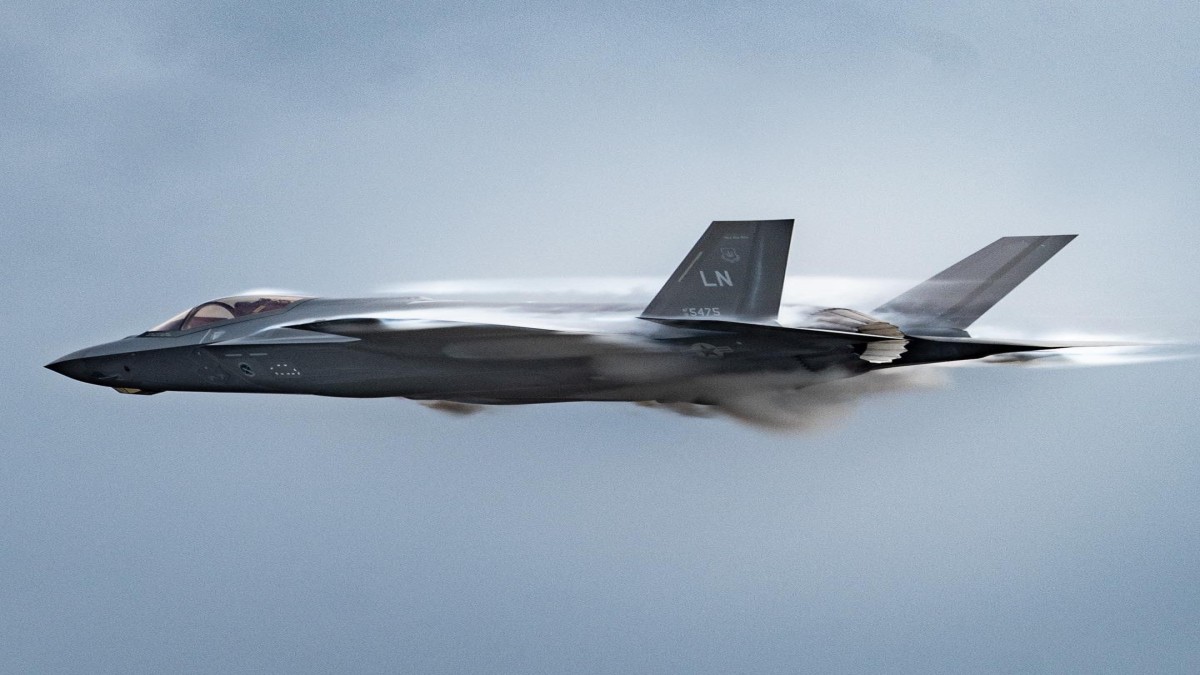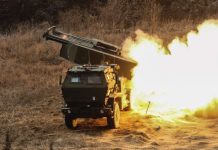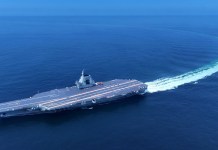A US Navy F-35 stealth aircraft crashed in California on Wednesday near Naval Air Station Lemoore, according to a Navy press statement.
The pilot ejected safely. The cause of the crash is under investigation, the statement said, according to CNN.
The stealth fighter was assigned to Strike Fighter Squadron VF-125, known as the “Rough Raiders,” the Navy said. VF-125 is a Fleet Replacement Squadron, responsible for training pilots and aircrew.
Naval Air Station Lemoore, located about 37 miles south of the city of Fresno, confirmed that an F-35 jet went down around 6:30 p.m. in a field near West Cadillac and South Dickinson avenues.
The F-35C Lightning II, developed by Lockheed Martin, is the U.S. Navy’s carrier-based variant of the F-35 Joint Strike Fighter family. As a fifth-generation aircraft, it combines advanced stealth, sensor fusion, and network-enabled operations, making it a cornerstone of naval air superiority.
⚡️Live FOOTAGE as it happened
PILOT airlifted to the hospital after successfully ejecting from F-35 JET
Fresno County Sheriff’s Office and Cal Fire assisting at the scene https://t.co/CwBTc1jSmB pic.twitter.com/mo5b6FAH4K
— RT (@RT_com) July 31, 2025
Designed specifically for carrier operations, the F-35C features larger wings and reinforced landing gear compared to its Air Force (F-35A) and Marine Corps (F-35B) counterparts, enabling catapult launches and arrested landings on aircraft carriers.
Its stealth capabilities allow it to evade advanced radar systems, while its cutting-edge avionics, including the Active Electronically Scanned Array (AESA) radar and Distributed Aperture System (DAS), provide unmatched situational awareness.

Powered by a Pratt & Whitney F135 engine, the F-35C boasts a range of over 1,200 nautical miles and can carry a diverse payload, including air-to-air missiles, precision-guided munitions, and internal weapons to maintain its stealth profile.
It is equipped to conduct missions ranging from air superiority and strike warfare to intelligence, surveillance, and reconnaissance (ISR).
The F-35C achieved initial operational capability with the Navy in 2019 and has since been deployed on carriers like the USS Carl Vinson.
Despite challenges like cost overruns and development delays, it remains a critical asset for projecting U.S. naval power, countering advanced threats like China’s J-20, and maintaining dominance in contested environments.
As of 2025, the F-35C continues to evolve with software upgrades and enhanced capabilities, solidifying its role as the Navy’s premier multirole fighter for decades to come.
Via: ET Desk




